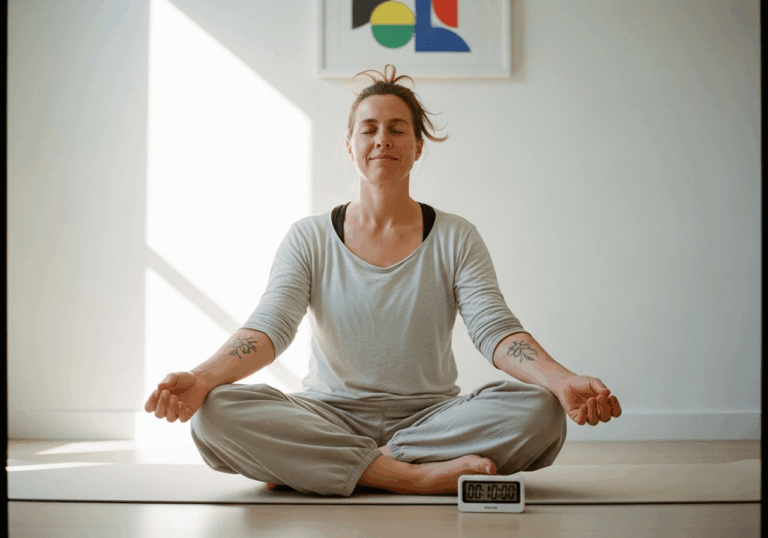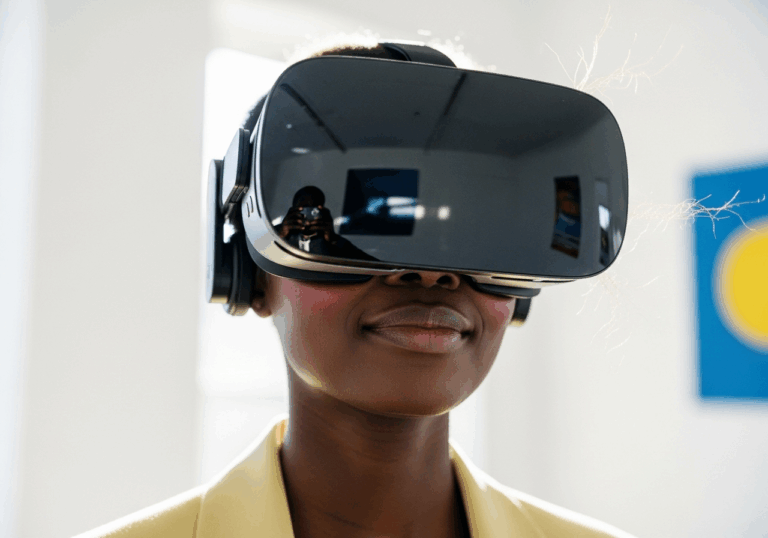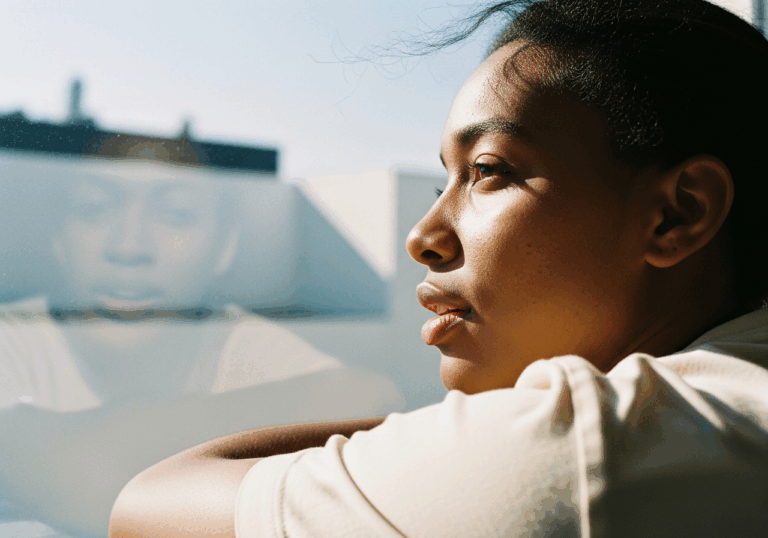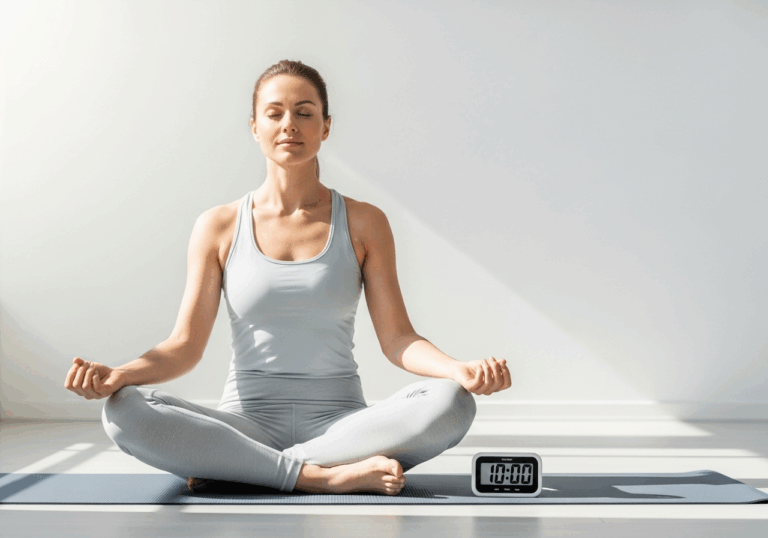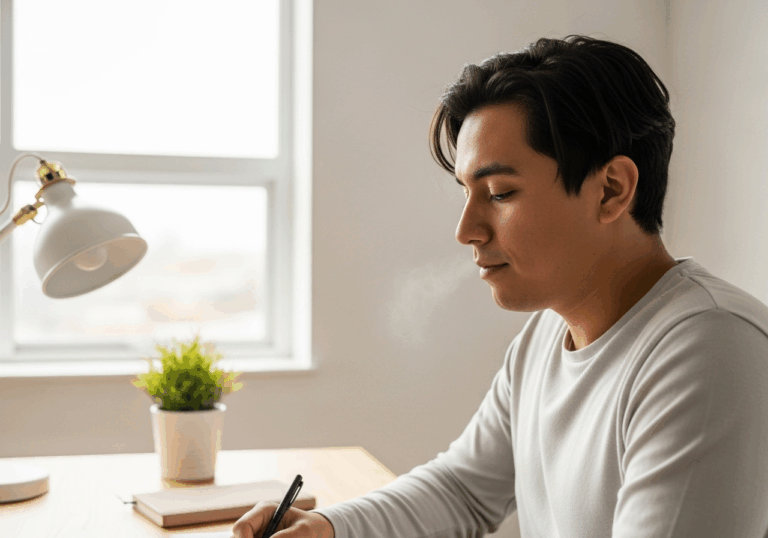Science-Backed Tips
Overcome Acrophobia with Virtual Reality Therapy
Six 30-minute VR sessions reduce fear of heights by 29%.
📊 Did you know?
💡 Why It Matters
1️⃣
Systematic exposure to heights can enhance emotional regulation, leading to improved quality of life.
2️⃣
Reducing acrophobia symptoms can decrease avoidance behaviors, allowing individuals to engage more fully in daily activities.
3️⃣
Improved mood and reduced anxiety can contribute to better overall mental health and well-being.
✅ Try These Micro-Tips
🎯
Participate in six 30-minute VR exposure sessions over two weeks.
🎯
Consider scheduling sessions twice a week for optimal results.
🎯
Track your anxiety levels before and after each session to monitor progress.
🎯
Consult with a mental health professional to tailor the VR experience to your needs.
📚 The study
This research is crucial because it highlights how systematic exposure to heights through VR can enhance emotional regulation, ultimately leading to a better quality of life. By reducing symptoms of acrophobia, individuals can decrease avoidance behaviors that often hinder their daily activities.
The improvements in mood and reductions in anxiety contribute to better mental health and overall well-being. This innovative approach to treating acrophobia not only offers a new avenue for therapy but also empowers individuals to confront their fears in a controlled and safe environment, paving the way for a more fulfilling life.
As we continue to explore the potential of virtual reality in therapeutic settings, this study serves as a beacon of hope for those struggling with acrophobia, demonstrating that technology can play a pivotal role in mental health treatment.
❓ Frequently Asked Questions ❓
Learn more
What is acrophobia?
Acrophobia is an intense fear of heights that can lead to significant anxiety and avoidance behaviors. It can interfere with daily activities and overall quality of life.
How does automated VR help with acrophobia?
Automated VR provides systematic exposure to heights in a controlled environment, helping individuals confront their fears. This exposure can lead to clinically significant reductions in acrophobia symptoms and improved emotional regulation.
How many VR sessions are recommended for treating acrophobia?
The study suggests engaging in six 30-minute automated VR sessions over two weeks for optimal results. This frequency allows for effective exposure and gradual desensitization to the fear of heights.
What improvements can be expected from VR exposure therapy?
Participants can expect significant reductions in anxiety and improvements in mood after completing the VR sessions. These changes contribute to better overall mental health and well-being.
Is it necessary to consult a mental health professional before starting VR therapy?
Yes, consulting a mental health professional can help tailor the VR experience to individual needs and ensure safety. They can also provide additional support and guidance throughout the process.
How can I track my progress during the VR sessions?
You can track your anxiety levels before and after each session to monitor your progress. Keeping a journal or using an app can help you visualize improvements over time.
What are the benefits of reducing acrophobia symptoms?
Reducing acrophobia symptoms can decrease avoidance behaviors, allowing individuals to engage more fully in daily activities. This can lead to an enhanced quality of life and improved emotional well-being.
How does exposure to heights improve emotional regulation?
Systematic exposure to heights helps individuals confront and manage their fears, leading to better emotional regulation. This process can reduce physiological fear responses and improve overall mood.
What is the significance of the study’s findings?
The study’s findings highlight the effectiveness of automated VR in treating acrophobia, showing large effect sizes in symptom reduction. This suggests that VR therapy can be a valuable tool in improving mental health outcomes for individuals with this fear.
Can VR therapy be effective for other phobias?
While this study specifically focused on acrophobia, VR therapy has shown promise in treating various phobias and anxiety disorders. Its effectiveness may vary depending on the specific fear and individual circumstances.

